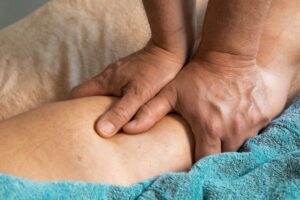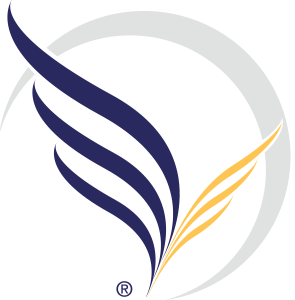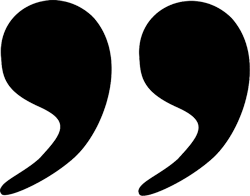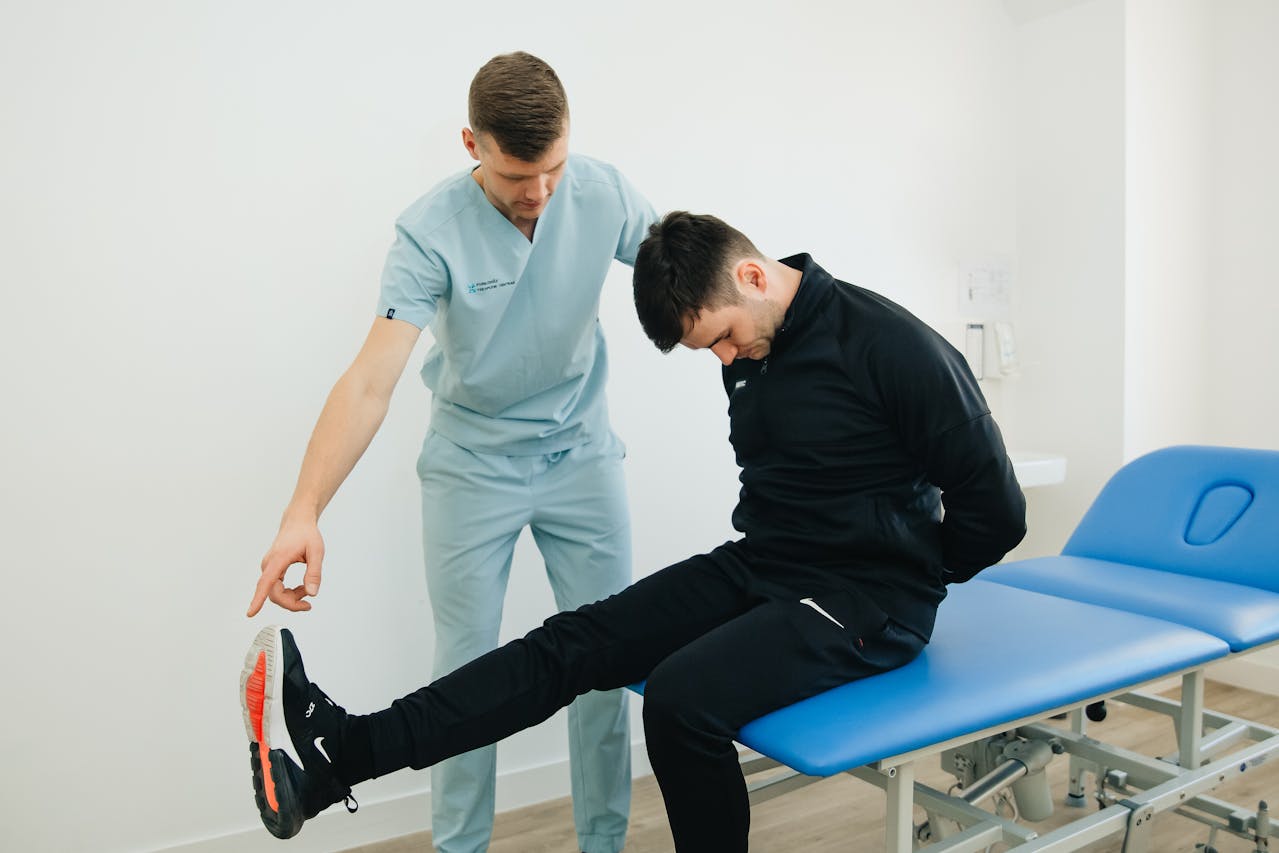Heart Disease, Vein Health, and Circulation
Cardiovascular disease can impact the arterial/venous balance of circulation, and lead to symptoms of venous disease. General well-being is dependent on healthy arterial blood flow from your heart to your organs supplying oxygen and nutrients to the cellular level. The venous blood flow returns the deoxygenated blood and waste products of metabolism from your cellular level back to your vital organs to maintain a balanced flow of oxygen and nutrients to the cellular level.
If you suffer from a ‘congestive heart failure’ or a weak heart valve the efficiency of heart ‘pump’ can impact the venous blood return. The effect is a slowing of venous return and an increase in the venous pressure in your leg veins.
As heart disease progresses your healthy veins may not be able to handle the extra work and begin to fail leading to venous blood pooling in your legs. This pooling or ‘‘reflux’ in your leg veins can lead to varicose veins, spider veins, swelling, skin breakdown, and even blood clots. These conditions are unsightly, can be quite painful, and, in some cases, dangerous to your overall health.
Varicose Veins and Spider Veins
Varicose veins are enlarged veins (3 mm or >), they often bulge, become tortuous, and are commonly seen on the thigh or legs. They may appear bluish-purple or green depending on their size and depth beneath the skin.
Not all symptomatic varicose veins are visible or noticeable to you or your doctor but lead to some of the same symptoms and risks. I refer to these as ‘hidden vein disease’ which is often missed.
You and your vein specialists must understand the signs and symptoms of both visible and hidden venous reflux. Visible signs include varicose veins, spider veins, leg swelling, and skin changes. Vein symptoms include heaviness, aching, itching, leg cramps at night, and restless legs. Vein symptoms are typically aggravated by prolonged sitting or standing lifestyles and are better with leg elevation exercise and wearing compression hose.
Spider veins, on the other hand, are small, dilated veins (1mm or < in size) that often appear on the face or legs. They are considered a cosmetic condition and are usually harmless but can bleed resulting in a visit to the emergency room. Cosmetic spider veins are often treated with sclerotherapy. But they can be a sign of more serious, underlying venous disease especially if they are associated with any of the symptoms noted above. In that case, a thorough vein evaluation is warranted.
Leg Swelling
Leg swelling is typically an increase in the amount of fluid being deposited in the subcutaneous space between your skin and your muscles which overwhelms the normal lymphatic system. Or there is a normal amount of fluid in space that cannot be handled by an abnormal lymphatic system.
Venous disease is often associated with swelling (phlebolymphedema). Venous swelling is better with elevation, walking, a good night’s rest, and wearing medical-grade compression socks. It is worse as the day progresses especially if you live a sedentary lifestyle Over time vein disease swelling can progress if the underlying vein disease is not treated.
Leg swelling is common in many women. Some swelling is normal or cyclic, especially in women under 50 years of age. The swelling fluctuates wildly with swelling worsening during the day and resolving overnight. Often clients report a 4-5 pound increase in weight between the morning and evening.
Swelling may be a sign of an underlying medical condition. If the swelling is unexplained see your doctor for a check-up to diagnose and treat any underlying medical condition. Conditions may include thyroid, heart, lung, liver or kidney, and others.
Prescription and over-the-counter meds have a primary side effect of swelling. Check with your doctor or pharmacist to see if any of your meds may be contributing to your swelling.

Lymphatic Disease
Primary lymphedema is genetic and can appear at birth, in childhood, with puberty, or anytime later in life. Secondary lymphedema is acquired. It can be related to any event in your life that might have damaged your lymphatics, like cancer surgery, lymph node removal, and radiation therapy. Either way it is important to have a doctor evaluated to determine what the next steps should be and ask them for might benefit from a referral to a lymphedema therapist.
Blood Clots and Superficial Vein (SVT) and Deep Vein Thrombosis (DVT)
Blood clots in your deep veins (DVT) and or your superficial veins (SVT) are a serious risk of untreated vein disease. Data shows that patients with untreated vein disease have a significantly higher risk of DVT and an increased risk of potentially life-threatening blood clots to their lungs (PE).
When a clot forms in a vein, it impedes the normal venous blood flow. Blood clots in the superficial veins (SVT) are more likely to cause symptoms of localized pain, redness, and skin that is warm to the touch in the area where the blood clot has formed.
However, deep vein clots (DVT) clients may have no symptoms, or you may have generalized tenderness and swelling. The danger of blood clots is that they may break free and travel to the lungs, causing a pulmonary embolism (PE), a life-threatening emergency. If you have sudden chest pain, difficulty catching your breath, and a feeling of doom you may be having a PE. If you have these symptoms call 911 immediately.











